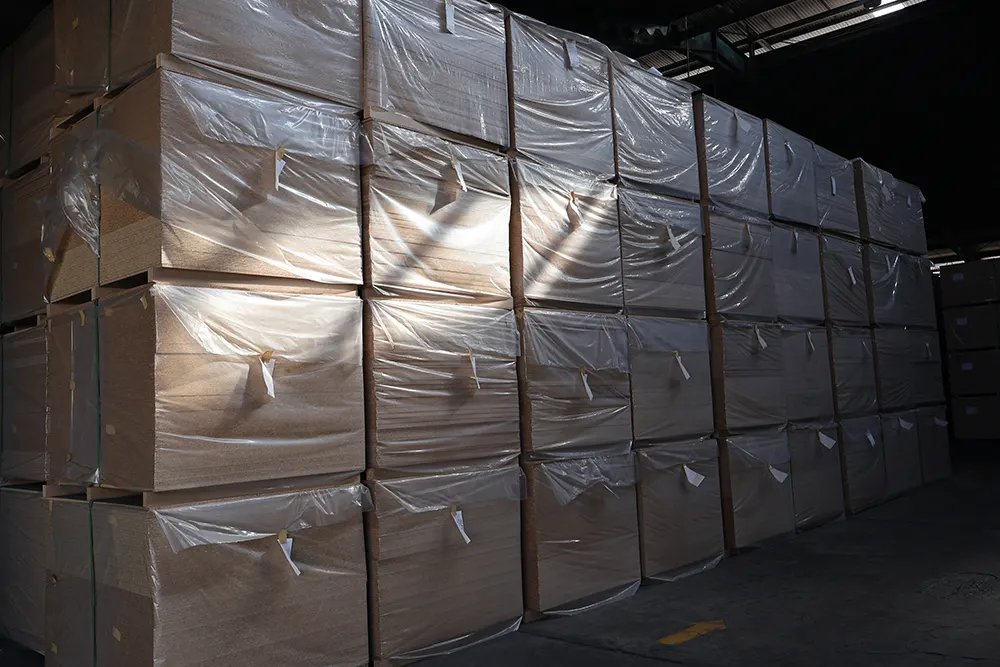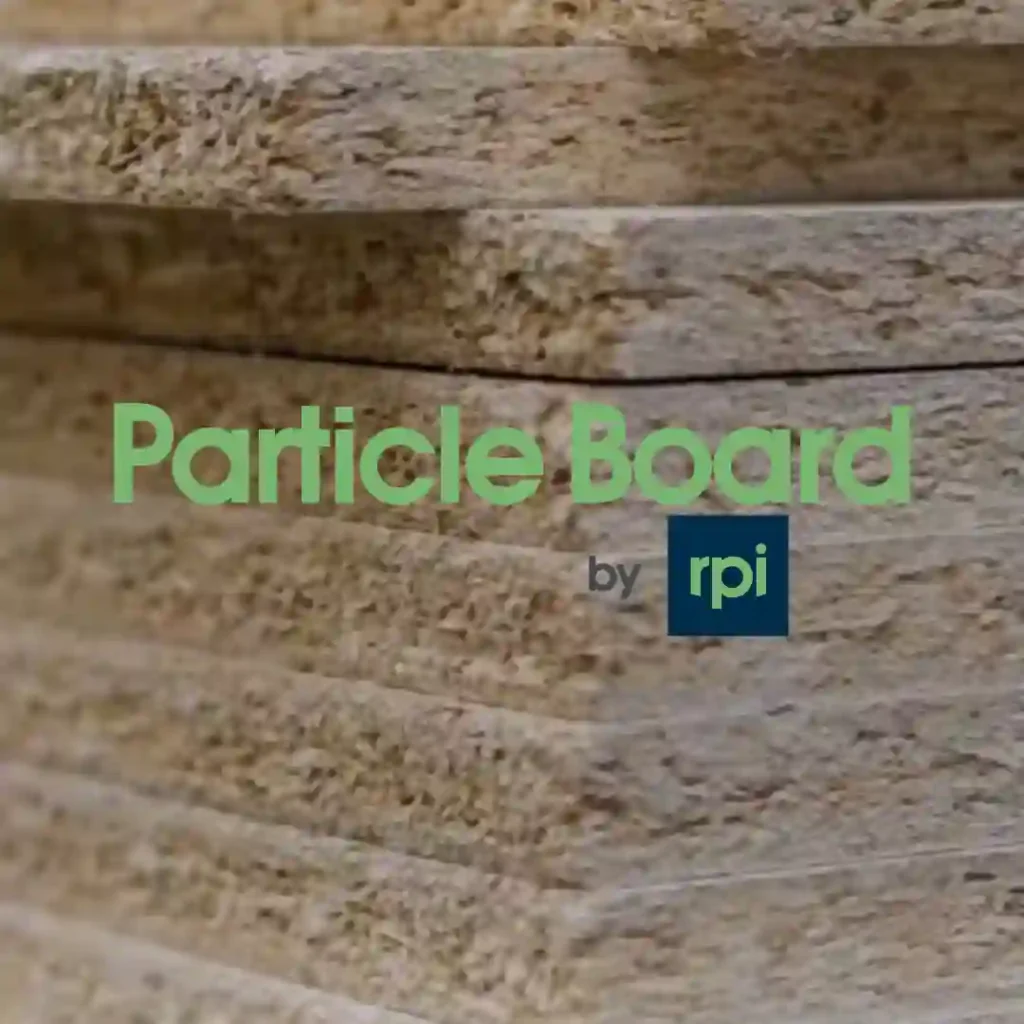Partikel board, also known as chipboard, is a versatile and widely used building material in modern construction projects. Its unique characteristics and affordability make it a popular choice for a variety of applications. In this article, we’ll explore what particle board is, its advantages, common uses, and tips for selecting the right type for your project.
What Is Partikel Board?
Particle board is an engineered wood product made from wood chips, sawdust, and adhesive binders. These materials are compressed and heated to create boards of various thicknesses and densities. The result is a sturdy and cost-effective panel that can be used in a multitude of construction and furniture projects.
Advantages
- Affordability: One of the primary reasons for particle board’s popularity is its cost-effectiveness. It is often more budget-friendly than other wood-based alternatives.
- Versatility: Partikel board can be used in a wide range of applications, from furniture to cabinetry, shelving, and wall paneling.
- Smooth Surface: Its smooth and uniform surface makes it easy to laminate, veneer, or paint, allowing for customizable finishes to suit your project’s aesthetics.
- Consistency: Unlike natural wood, particle board has consistent properties throughout, which can be advantageous for certain applications.
Common Uses
- Furniture: Particle board is commonly used to create affordable and functional furniture, such as tables, bookshelves, and cabinets.
- Cabinetry: It’s a preferred choice for kitchen and bathroom cabinets due to its cost-effectiveness and smooth finish for painting or veneering.
- Interior Finishes: Particle board can be used for wall paneling, closet systems, and even as a core material for doors.
- Underlayment: In flooring applications, it serves as an underlayment to provide a level surface for laminate or hardwood floors.
Tips for Selecting Partikel Board
When choosing particle board for your project, consider the following factors:
- Density: Particle boards come in different densities, with higher-density boards offering greater strength and durability. Choose the density that suits your project’s requirements.
- Moisture Resistance: If your project will be exposed to moisture, opt for moisture-resistant particle board to prevent swelling and warping.
- Thickness: Select the appropriate thickness based on the intended use. Thicker boards are more robust and suitable for load-bearing applications.
- Grade: Particle boards come in various grades, from economy to premium. The grade you choose will impact the quality and finish of your project.
- Environmental Considerations: If sustainability is a concern, look for particle board products certified by organizations like the Forest Stewardship Council (FSC).
In conclusion, partikel board is a versatile and economical building material that can be used in a wide range of construction and furniture projects. By understanding its advantages, common uses, and the selection criteria, you can make informed decisions when incorporating particle board into your next construction endeavor. Whether you’re a DIY enthusiast or a professional contractor, particle board can be a valuable addition to your toolkit for modern construction and design. Contact Us for more information about product stock or specifications at admin-rpi@rimbapartikel.com or WhatsApp on +62 811-2679-094.



